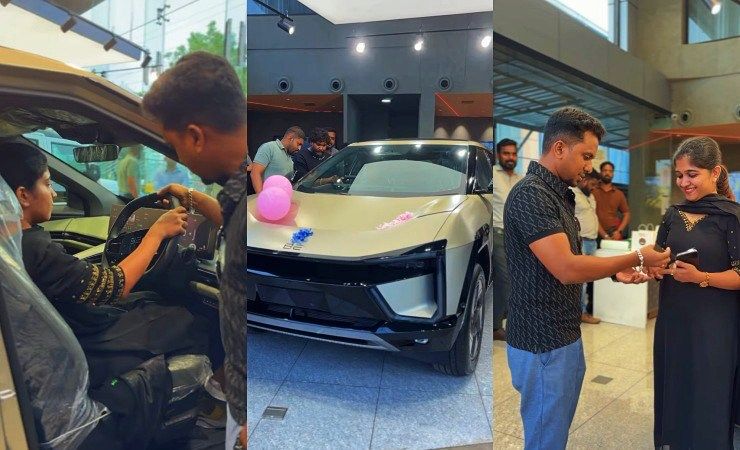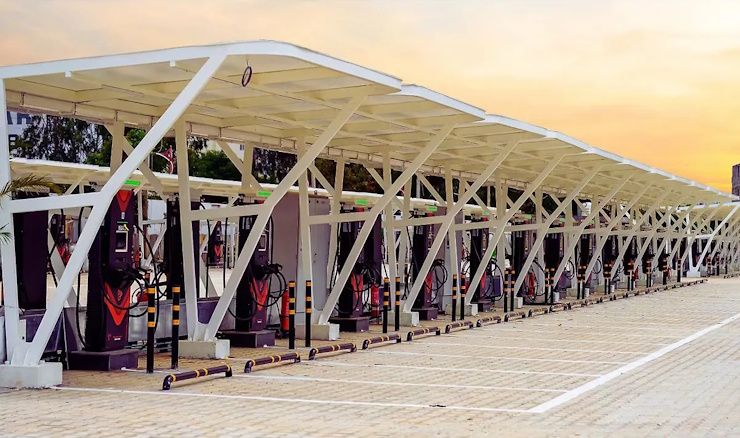EV Sales to Touch 7% by 2028: Why Growth Is Real But Still Not Fast Enough


India’s electric vehicle segment is expected to hit 7% of total passenger vehicle sales by 2028, according to new projections. In fiscal year 2024–25, EVs formed around 2.3% of overall passenger car sales, and while this shows progress, the pace is far from disruptive.

To put things in perspective, only about 90,000 electric cars were sold in FY25, out of nearly 4 million passenger vehicles. The projected growth to 7% by FY28 suggests a three-fold rise over three years, which may look steep but still signals a cautious and slow shift. The real question is: What’s holding EVs back in a market that claims to be the future of clean mobility?
A major hurdle for electric cars remains pricing. Even entry-level EVs cost significantly more than their petrol or diesel counterparts. While buyers of compact SUVs and premium hatchbacks have shown willingness to pay extra for electric models, the mass-market segment has largely stayed away.
Electric cars like the Tata Tiago EV and MG Comet are trying to address the entry-level market, but most models still carry a premium that stretches affordability. Battery cost is a key contributor, and despite gradual reduction in battery prices globally, domestic EVs haven't yet benefitted from significant pricing corrections.

Another persistent concern is charging infrastructure. Public chargers are being installed across metros and highways, yet for a large section of buyers, especially in tier-2 and tier-3 cities, access to reliable and fast chargers remains patchy.
Home charging works for those with private parking spaces, but for apartment dwellers and those in congested neighbourhoods, it’s still a logistical nightmare. Unless charging becomes as easy as refuelling at a pump, large-scale EV adoption will struggle.
The central government’s FAME II subsidy and recent electric mobility policies in states like Maharashtra, Delhi and Tamil Nadu have certainly helped EV adoption. But with FAME II in its final leg and no formal announcement yet on FAME III, buyers and manufacturers are unsure about future benefits.
States are also shifting focus towards manufacturing incentives rather than direct buyer subsidies. While this helps build a local ecosystem, it removes the price cushion that early buyers relied on.
Tata Motors currently dominates the EV space, with over 70% share, led by the Nexon EV, Tiago EV and Punch EV. Mahindra has just begun delivery of its XUV400 and is expected to ramp up offerings under the BE and XUV.e platforms.
Maruti Suzuki is scheduled to launch its first EV in 2025, while Hyundai and Kia are expanding their EV plans too. Still, many manufacturers are focused on hybrids or CNG for now, viewing them as low-risk stepping stones.
The 7% EV sales projection by 2028 shows growing optimism, but also reveals how much work is left. For EVs to become truly mainstream, prices must drop below ₹10 lakh for full-sized models, public charging must be reliable and fast, and resale confidence needs to improve.
The next three years could determine whether electric cars in the country remain niche or begin pushing petrol and diesel options off the sales charts.